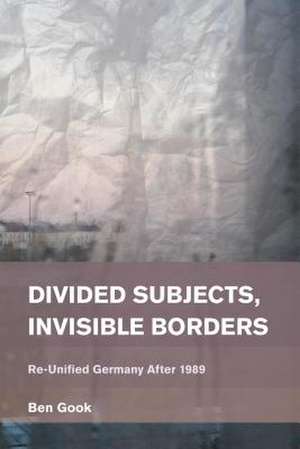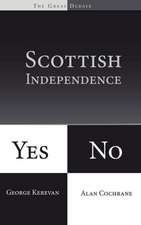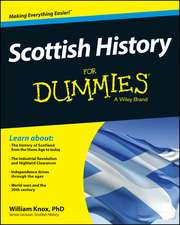Divided Subjects, Invisible Borders: Place, Memory, Affect
Autor Ben Gooken Limba Engleză Paperback – 20 sep 2015
| Toate formatele și edițiile | Preț | Express |
|---|---|---|
| Paperback (1) | 461.77 lei 6-8 săpt. | |
| Rowman & Littlefield International – 20 sep 2015 | 461.77 lei 6-8 săpt. | |
| Hardback (1) | 972.93 lei 6-8 săpt. | |
| Rowman & Littlefield International – 24 sep 2015 | 972.93 lei 6-8 săpt. |
Preț: 461.77 lei
Nou
Puncte Express: 693
Preț estimativ în valută:
88.40€ • 90.96$ • 74.52£
88.40€ • 90.96$ • 74.52£
Carte tipărită la comandă
Livrare economică 01-15 martie
Preluare comenzi: 021 569.72.76
Specificații
ISBN-13: 9781783482429
ISBN-10: 1783482427
Pagini: 326
Ilustrații: 8 black & white halftones, 1 tables
Dimensiuni: 147 x 226 x 25 mm
Greutate: 0.5 kg
Editura: Rowman & Littlefield International
Seria Place, Memory, Affect
ISBN-10: 1783482427
Pagini: 326
Ilustrații: 8 black & white halftones, 1 tables
Dimensiuni: 147 x 226 x 25 mm
Greutate: 0.5 kg
Editura: Rowman & Littlefield International
Seria Place, Memory, Affect
Descriere
Divided Subjects, Invisible Borders details, through empirical and theoretical exposition, how the national unity of Germany after the Fall of the Berlin Wall conceals persistent division in the lives of eastern and western Germans.





















